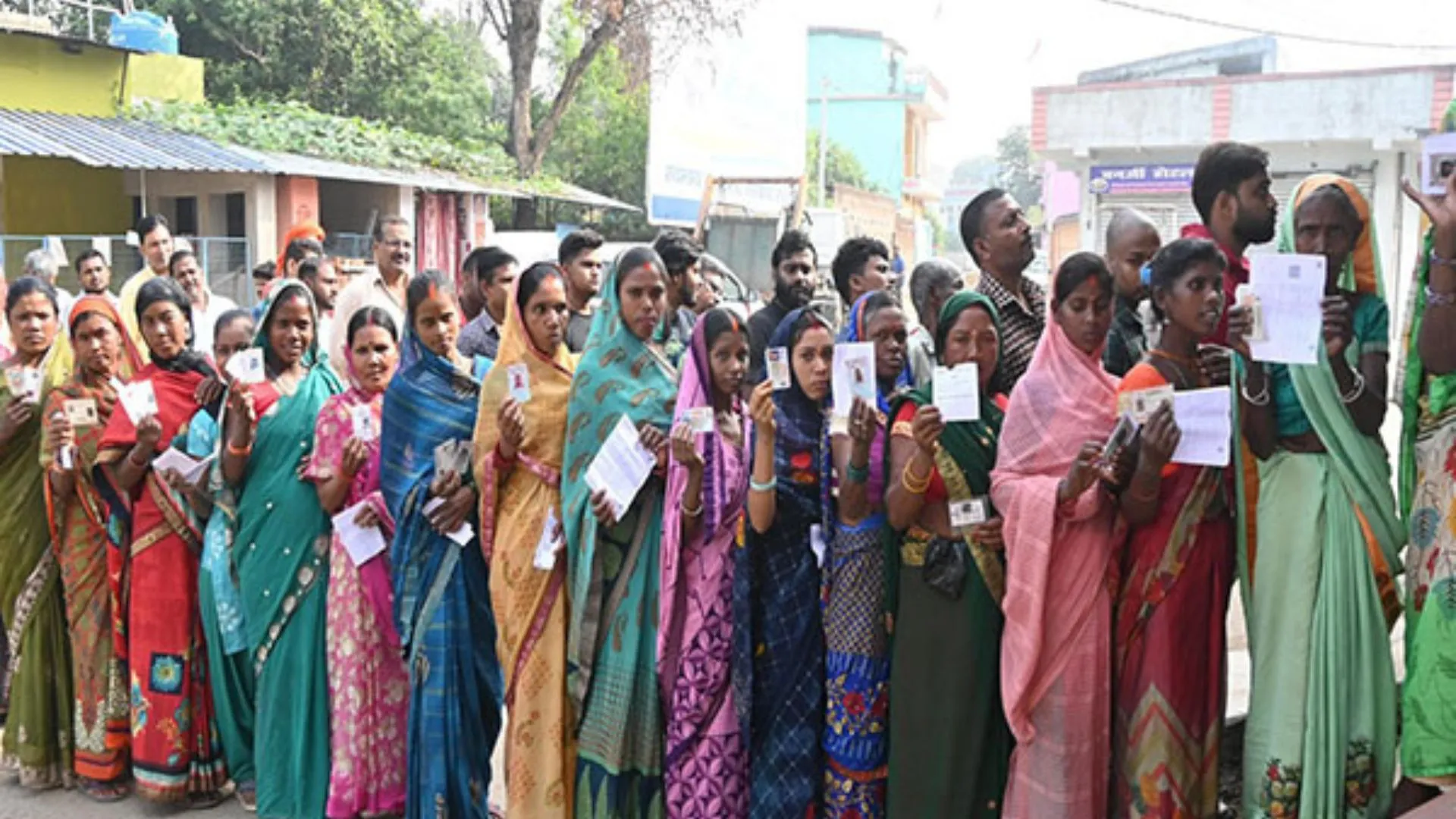Diwali is one of the most significant festivals celebrated by Hindus in India and worldwide. Central to this celebration is the ritual of Lakshmi Puja, where families worship Goddess Lakshmi, the deity of wealth and prosperity, believing she grants her blessings on this auspicious day.
Lakshmi Puja Schedule for 2024
This year, Drik Panchang notes that Lakshmi Puja can be performed in the evening on both October 31 and November 1, with specific timings varying by region according to local calendars.
The Significance of Lakshmi Puja
Observed on the Amavasya Tithi in the Kartik month’s Krishna Paksha, Diwali will begin at 3:52 PM on October 31 and conclude at 6:16 PM on November 1. Across much of northern and western India, households honor Lord Ganesh and Goddess Lakshmi on Diwali, while some states also perform Kali Puja or offer Shradh to ancestors. Many consider it a propitious time to start new ventures, open business accounts, and invite blessings for wealth and success.
Lakshmi Puja Rituals
Performed in the evening, Lakshmi Puja seeks blessings for prosperity, with families believing that Goddess Lakshmi visits their homes on this night. It is customary to worship Lord Ganesh alongside Lakshmi to remove obstacles and ensure a prosperous year.
Step-By-Step Guide For Lakshmi Puja
Begin your day with an early rise and take a purifying bath. Clean the entire house, focusing especially on the puja room. Decorate your home with vibrant rangoli, fresh flowers, and bright lights. Dress in new, clean clothes and prepare all the necessary items (samagri) for Lakshmi Puja.
Many devotees also choose to fast on this auspicious day.
In the evening, set up an elevated wooden platform in your puja area and cover it with a fresh red cloth.
Place idols of Lord Ganesh and Goddess Lakshmi on it, and some people also add a Shree Yantra alongside the idols. Light 21 earthen lamps and offer prayers to Goddess Lakshmi with 11 lotus flowers, betel leaves, areca nuts, cardamom, cloves, various sweets, kheer, patasha, and kheel (puffed rice).
Begin by applying tilak to Lord Ganesh and Goddess Lakshmi, followed by chanting the Lakshmi Mantra 108 times.
Lay out currency, gold, and silver items in front of the Goddess, praying for continued blessings of wealth and abundance. Complete the puja by reciting both the Ganesh Mantra and the Lakshmi Mantra.
After the rituals, distribute the 21 lamps around the house: light five lamps with desi ghee and place them in the kitchen, main rooms, and by the entrance, with the remaining lamps adorning the balcony.
Required Items (Puja Samagri)
Items essential for Lakshmi Puja include idols of the deities, new account books, a red silk cloth, lamps, and offerings like sweets and paan. The ritual also involves the Pancha Pallav (five sacred leaves) and Panchamrit, a mixture of milk, honey, ghee, curd, and sugar, symbolizing purity.
Mantras and Prayers for Lakshmi Puja
Devotees chant mantras to invoke blessings, such as:
“Om Hreem Shreem Lakshmibhayo Namah॥”
“Om Shreem Hreem Shreem Mahalakshmaye Namah॥” Prayers focus on health, wealth, and happiness, inviting the divine’s grace into every aspect of life.
Dos and Don’ts for Lakshmi Puja
Dos:
Thoroughly clean and decorate the home, particularly the puja area, with flowers, lights, and rangoli.
Use a Manglik Kalash at the main entrance and conduct the puja during Pradosh Kaal.
Utilize items like turmeric and lotus seeds during the ritual.
Don’ts:
Avoid glass or iron idols; clay, silver, or brass are preferable.
Avoid leaving footwear at the entrance.
Maintain a vegetarian diet and avoid alcohol during the celebration.
Lakshmi Puja’s Symbolic Meaning
The puja embodies growth, purity, and prosperity, with clean, decorated homes lit up to welcome Goddess Lakshmi, the remover of obstacles and provider of wealth, into the household for a blessed year ahead.
ALSO READ: Record 2.5 Million ‘Diyas’ Set The Tone For Ram Temple’s First Diwali


















